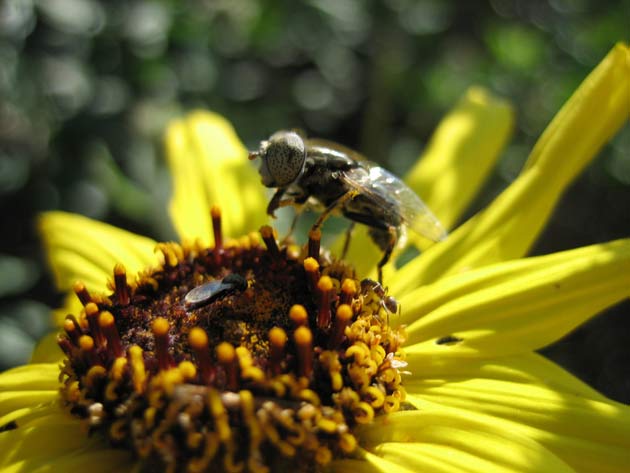Spread of Disease Related to Attraction Between Planets

The alignment of planets is purported to determine your love life in the daily horoscope. Now scientists say the formula that describes planetary attraction represents how insects spread disease.
It's not the first time the cosmic math has been applied to other natural phenomena.
The strength of gravity between two planets is determined by the mass of each one and the distance between them. A variation of this concept has been applied to economics to show that the flow of trade between two countries is influenced by their economic masses and the distance between them.
Now researchers have applied the concept to disease transmission by insects that feed on flowers. The degree of interestingness, which draws an insect from one flower to the next, depends on the quality of the plant, paralleling mass in the cosmic model, and on distance. High-quality plants tend to have more flowers and are therefore more attractive to insects.
"They're broadcasting how great they are to the insects," said lead study author Matthew J. Ferrari, a postdoctoral researcher at Pennsylvania State University. "It's like a big billboard."
It is more probable that pollinating insects will stay around higher quality plants longer and also find another high-quality plant nearby.
"Interestingly, then, the probability of disease being passed between two plants goes up if they are closer and/or better, which parallels the stronger gravity between closer and larger planets," the researchers write in the September issue of the journal American Naturalist.
Get the world’s most fascinating discoveries delivered straight to your inbox.
The conclusion was based on a study of the spread of a fungal disease by moths and bees feeding on the nectar of flowers.
Each plant wants to be highly productive and will do its best to get the attention of pollinators, Ferrari told LiveScience. "But it comes at a cost of increasing the risk of getting a disease."
Previous studies have shown that these patterns, not limited to diseases of plants or diseases carried by insects, also describe the spread of measles among cities. People tend to travel between two small cities that are close to each other more often than between cities far apart, so disease spreads between them more readily. Even cities that are far apart experience a lot of travel between them if they are very large.



